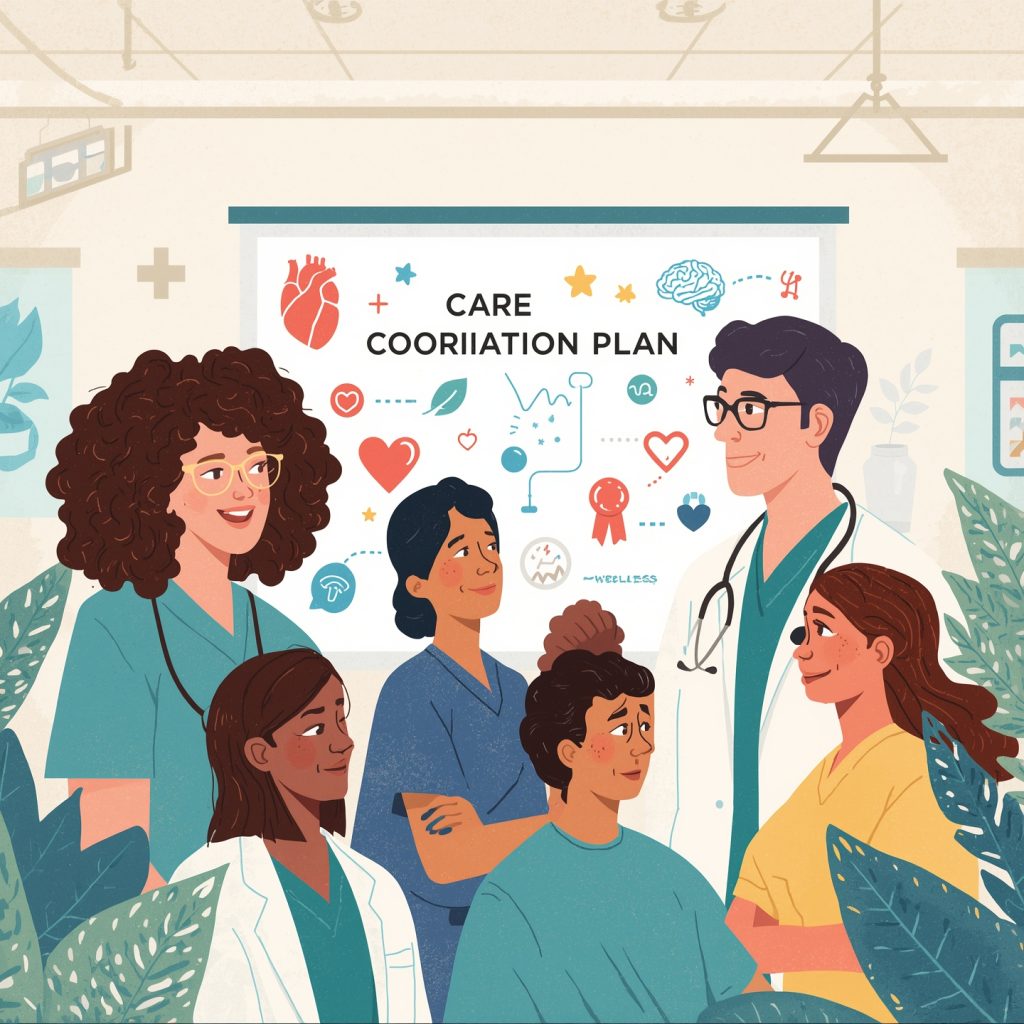The Big Picture: What Self-Directed Care Changes

Disclaimer: This educational overview does not provide medical, legal, or financial advice. It does not offer services or endorsements. Local rules vary.
What “self-directed” actually means
Self-directed care describes arrangements where a person has increased say in daily supports. Rather than a program planning everything, the individual helps shape routines, schedules, and roles. It centers personal goals, clarity in care planning, and transparent care coordination.
Why this approach can be transformative
Traditional models can be efficient but sometimes miss personal preferences. Self-directed care structures were designed to keep the person’s voice at the center, which can lead to better alignment with daily needs. When care planning reflects what matters day-to-day, people often report steadier routines and clearer communication.
Who participates in decisions
Most frameworks include a participant (or their chosen representative), a care team, and an entity that helps with oversight. Care coordination focuses on linking services, documenting changes, and checking that supports follow the plan. Some communities reference portals using terms like ppl first or pplfirst; others mention phrases such as ppl login or ppl home for general portal access guidance.
What “control” looks like in practice
Control is not unlimited; it is structured. Participants collaborate on care planning, identify priorities, and align schedules. The plan sets boundaries, roles, and documentation steps. The aim is not more paperwork but clearer, simpler steps: who does what, when, and how it is recorded.
Safeguards that keep quality in view
Safeguards usually include background checks where required, incident reporting, and regular plan reviews. Care coordination can include scheduled check-ins and adjustments when needs evolve, creating a cycle of monitoring, learning, and updating.
Respecting privacy and preferences
Participants may wish to keep sensitive information private. Good practice keeps files secure and only shares what is necessary to coordinate supports. Language remains respectful and precise. This matters as much as any task on the daily schedule.
How digital tools fit in
Many systems use secure portals. You might see phrases such as ppl first login or ppl home login in general materials. The specifics differ by location; the core idea is simple access, clear records, and easy review of care planning notes.
Adjacent supports without overlap
People sometimes explore housing assistance or rental assistance separately from healthcare supports. While unrelated to clinical tasks, these topics may intersect with daily stability. Mentioning them here is descriptive, not promotional.
Measuring alignment with goals
Quality often means: Are daily supports consistent with the plan? Do participants understand each step? Does care coordination respond promptly when needs change? These practical checks keep the approach grounded.
Disclaimer: This text is informational only, not advice or an offer of services. Always follow local policies and program guidance.